1,”White for east-west, green for north-south”

Road sign on Yonghegong Dajie

Road sign on Wenjin Street
Behind the colors of Beijing’s road signs, there is actually such a profound meaning. In Beijing, road signs for north-south directions are green, and road signs for east-west directions are white.
2,”Misleading” subway stations

Qinghua Donglu Xikou Station

Beijing subway
3,Different “chatterboxes” in the same Beijing.

Beijing Subway Line 10
4,The most easily confused stations.

Guozhuangzi Station
5,The true meaning of “Batong Line”.
6,The deepest subway station.

Ciqi Kou Station
7,Ghost subway stations.
8,The subway line with the strongest Yuan Dynasty atmosphere.

Beijing Rail Transit Network Map
II. History category

The Forbidden City
1,Old Beijing city is not square.

Old Beijing city

Zhengyang Gate

Liubiju

The Lama Temple

Tanzhe Temple

Baiyun Guanshan Gate

The tombs of emperors of the Jin Dynasty

Beijing now has Sanlitun
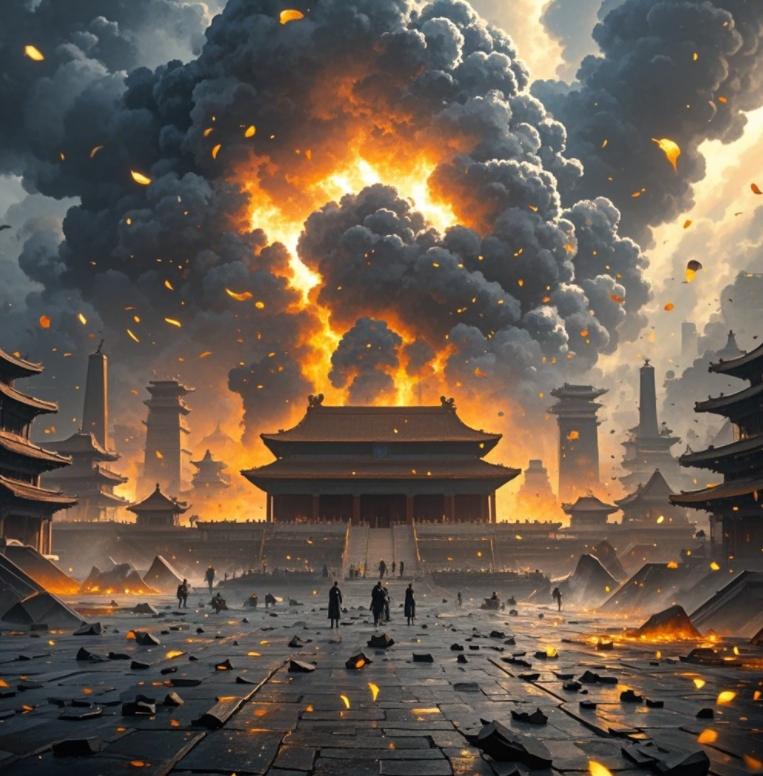
Ming Dynasty Tianqi Explosion (Imaginative)

Hepingmen

Liulichang

City God’s Temple

Jimen Bridge
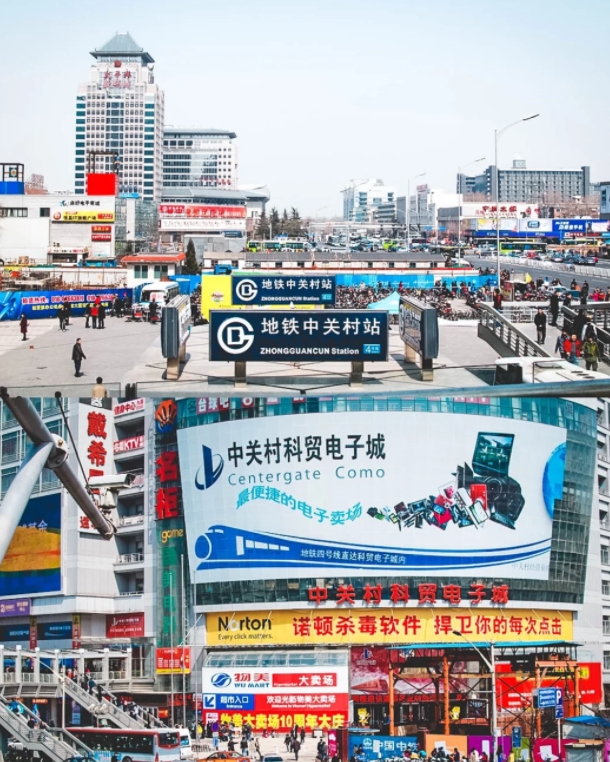
Nowadays, Zhongguancun
III. Geography category
-
Beijing has four “enclaves” in other provinces.
-
- Beijing Shuanghe Farm is located at the junction of Meilisi District and Gannan County in Qiqihar City. This area is an “enclave” of Beijing in Heilongjiang Province.
-
- Guanting Reservoir (only the water area) is located at the junction of Beijing and Hebei Province. Most of it is located in Huailai County, Hebei Province, and a small part is located in Yanqing District, Beijing. In fact, strictly speaking, only the water area is under the jurisdiction of Beijing, while the land ownership has not been changed and still belongs to Hebei.
-
- Beijing Qinghe Farm is located in Ninghe District, Tianjin City and is under the jurisdiction of Xicheng District, Beijing. Covering an area of 115 square kilometers, it was established in 1949 with the approval of Nie Rongzhen, the mayor of Beijing at that time.
-
- The mining area in Qian’an City, Tangshan City, Hebei Province is centered around Binhe Village. This area is the location of Shougang Group Qian’an Iron and Steel Co., Ltd. The Qian’an mining area is also the only college entrance examination site outside Beijing.
-
-
The release location of “Beijing time” is not in Beijing.
- “Beijing time” is the standard time of our country. Every day, “Beijing time” is provided to the whole country on radios and television screens. But do you know where “Beijing time” is released from?
- In fact, the release location of “Beijing time” is at the Shaanxi Astronomical Observatory of the Chinese Academy of Sciences in the eastern suburbs of Xi’an, Shaanxi Province – the only “standard time dissemination center” in China.
-
The benchmark of Beijing is located at Beijing Obstetrics and Gynecology Hospital.
- The “benchmark” was built in 1915. It was designed and built by a Japanese businessman recruited by the Geodesy Bureau of the Ministry of the Army of the National Government. The exterior building imitates ancient Greek architecture.
- The “benchmark point” refers to the reference point for the altitude of a region. All topographic maps, buildings, underground structures, pipe networks, and various elevation control points take this as the reference.
- In plain language, for building houses, digging ditches, building roads, etc., the height reference is based on this point. This point cannot be changed due to road construction, ditch digging, etc.
IV. Humanities category
Many place names in Beijing have been “refined”.Here are some comparisons of place names before and after refinement
Stinky Water Street – Xiushui Street.
Bitter Well – Fusuijing.
Sow Alley – Meizhu Alley.
Pig Market Entrance – Zhushi Entrance.
Dog Tail Alley – Gaoyibo Alley.
Sheep Tail Alley – Yangwei Alley.
Zhang Baldy Alley – Changtuzhi Alley.
Hunchback Alley – Luogu Alley. (Yes, that’s the place where Nanluoguxiang is located.)
Widow Wang’s Slanting Street – Wang Guangfu’s Slanting Street.
Mute Alley – Yabao Alley. (This is the predecessor of Yabao Road.)
In February 1978, the garden landscape photo of Jingshan Park taken by China’s return remote sensing satellite resembled a sitting statue of an old man with closed eyes. Whether it is on a 1:5000 image or a 25,000:1 color infrared image, the image is very vivid. Looking north from Tiananmen Square, along the central axis, a magical image appears north of the Forbidden City. Surrounded by square frames, there is a statue in the middle that resembles an old man sitting. Is it a coincidence or was it intentionally built?
In Ximo Fang Factory Hutong in Beijing, there is a mysterious underground city. There are interconnected underground passages that can directly lead to administrative centers, Tiananmen Square, the Temple of Heaven, and Beijing Railway Station. However, the specific location cannot be found in any travel guide.
If you have the opportunity to take Beijing Subway Line 2, you will find the names of many city gates. But the names of two city gates are particularly out of place, namely “Fuxingmen” and “Jianguomen”! The founders of these two city gates were actually the Japanese. Later, after the victory of the Anti-Japanese War, the Nationalist government took over Peiping and renamed these two city gates as “Fuxingmen” and “Jianguomen” to celebrate the victory over the Japanese invaders and express the hope of restoring the country soon. The current Fuxingmen and Jianguomen are represented by the “rainbow broken bridge” artworks. As for why it is a broken bridge… Because it is convenient for large vehicles to pass. Otherwise, if it were installed for show and had to be disassembled every three days, wouldn’t it be too troublesome…

Rainbow Broken Bridgen
A dead end, as the name implies, means that after entering, there is no exit anywhere. There is a saying, “Accidentally walked into a dead end.” So, is there really a dead end? This place is located near Xisi, in the area of Ping’anli. The road signs here can be clearly seen. Why is this alley impassable? Don’t worry, here comes the 干货 (useful information). The reasons for the formation of dead ends in Beijing are generally threefold: Formed in history: A dead end is a recessed section of an alley in an alley. Some of these sections are slender, some are as wide as a large open space on the ground, and some turn left or right like a maze, but there is no exit. Newly built impassable alleys are generally named “li”, similar to “lilong” in Shanghai. For example, on the east side of Xisi South Street, there is a well-preserved “Yidali”. An originally passable alley that has become an impassable dead end is caused by people’s random construction or engineering construction that blocks the road.

Dead End
In those days, when Emperor Qianlong went down to the south of the Yangtze River, after tasting Daoxiangcun pastries in Suzhou, he praised them as “exquisite delicacies among food, with delicious tastes that are hard to come by” and inscribed an imperial plaque, making it famous all over the world. Daoxiangcun was originally a Suzhou tea pastry and not a native specialty of old Beijing. (I’m afraid I’ve been eating fake northern pastries.)

Daoxiangcun Pastry
In old Beijing, there was a kind of market called “ghost market”, which is a night market. In the past, there were eight ghost markets in the four inner cities of Beijing, but now only one remains – the Dashu Liu Market in the east fifth ring road every Wednesday. (Please bring a flashlight when you go.)

Ghost Market
The word “gěrpì” is often on the lips of old Beijingers. But did you know? This word is a proper borrowed word: In Russian, “гибель” means death, destruction, sinking, submerging, and destruction; coincidentally, in German, “Krepieren” refers to the death of animals and is derogatory when used for people. There are also many words like this in Beijing dialect. For example, “lōu” (which means to look) is said to be from “look”; “xiaolìbār” refers to young hired workers who do manual labor. It is said to be from “labour”… The pronunciation is almost exactly the same! There are many similar “borrowed words”.
There is a jingle in old Beijing: “Clever ghost, transparent stele, little clever one, never suffer losses.” It is not referring to four naughty children, but four steles in Dongyue Temple.
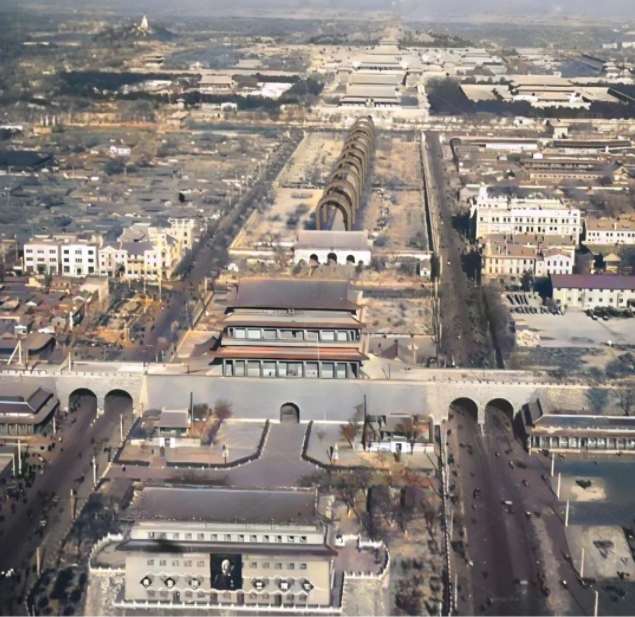
Zhengyangmen in Beijing in 1952
Zhengyangmen, also known as Qianmen. Both the arrow tower and the city tower are on the north-south central axis of Beijing City. The central axis is the central symbol of the ancient capital. Zhengyangmen not only has a long history and culture, but also things related to it have great collection value. The first set of Renminbi was the only legal currency printed and issued in December 1948. In terms of pattern themes, it chose patterns of economic construction and people’s lives in the new society at that time, which can vividly show people’s political, life, culture, and social aspects. And on a 500-yuan banknote of the first edition, it is actually our protagonist today – Zhengyangmen. Moreover, this is the only city gate on the entire set of banknotes, which shows how important its status is.
V,Beijing’s “Bests”

China Zun
China Zun, with a height of 536 meters. The total height of the building is 528 meters.

Liyuan Bookstore in Huairou
Liyuan Bookstore in Huairou.
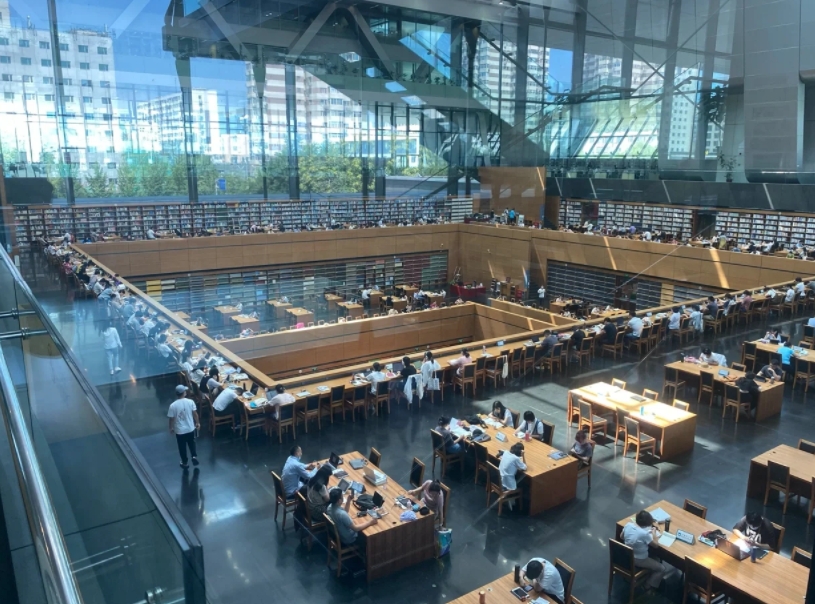
National Library.
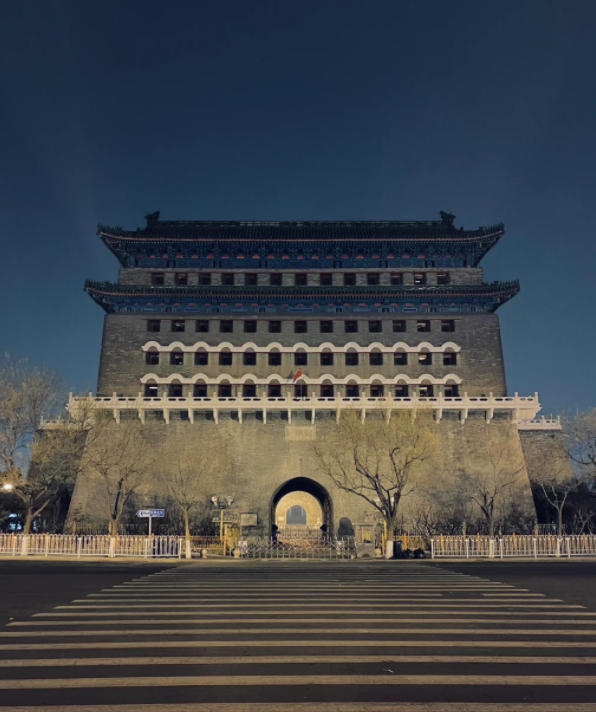
Zhengyang Gate
Zhengyangmen. The overall height is 42 meters, 7.3 meters higher than the Tiananmen Rostrum.
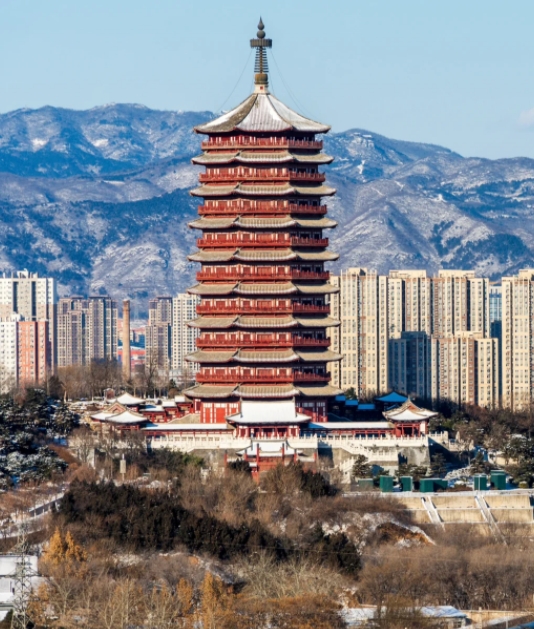
Yongding Tower
Yongding Tower, with a height of 69.7 meters.
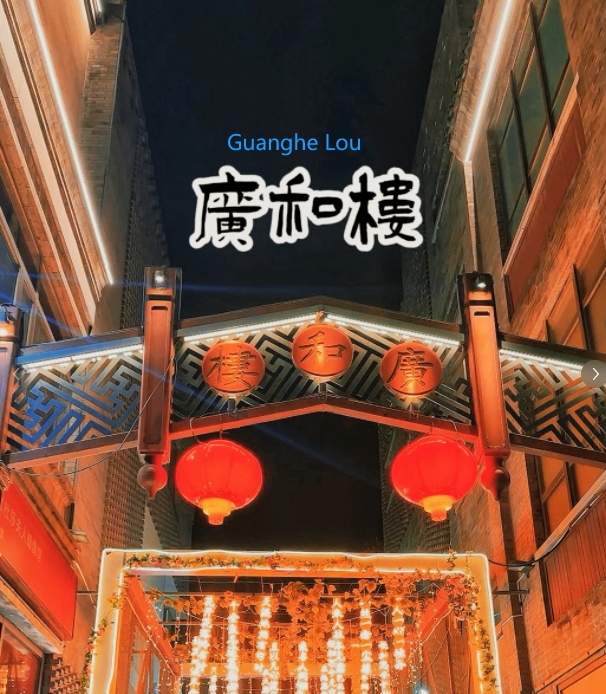
Guanghe Lou
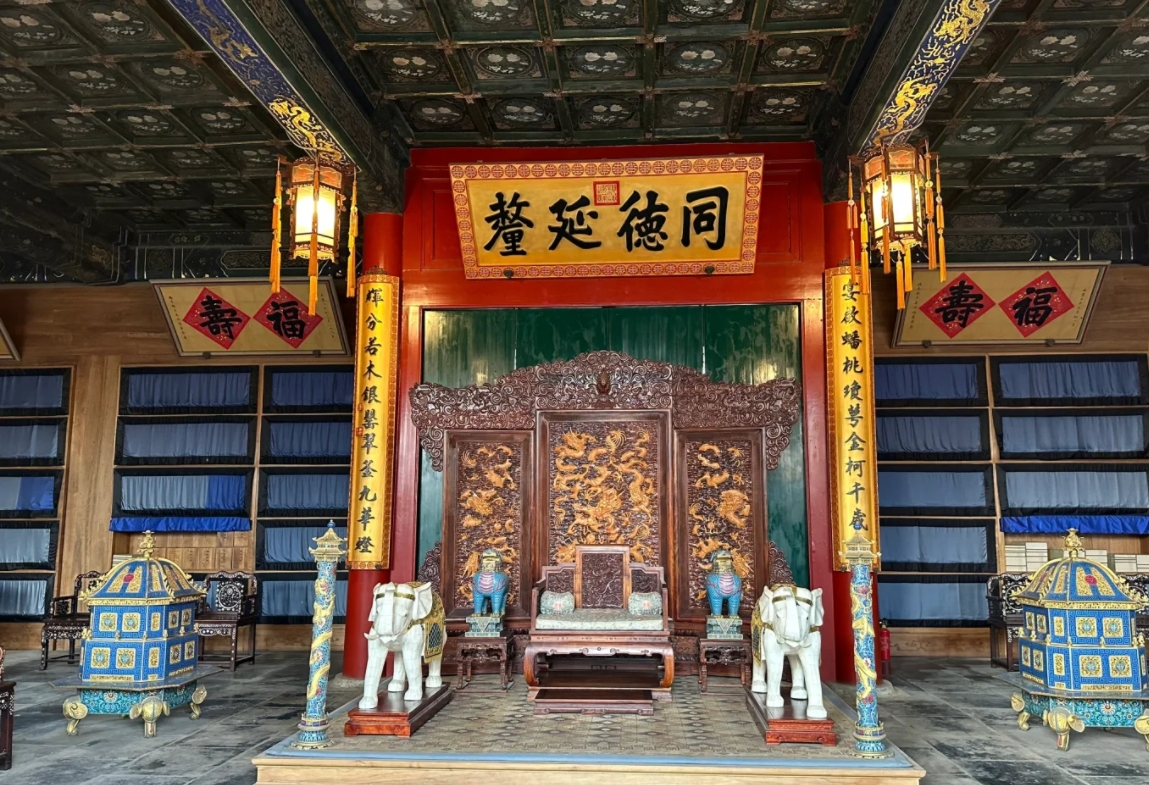
Inside the Prince Gong’s Mansion
Prince Gong’s Mansion.
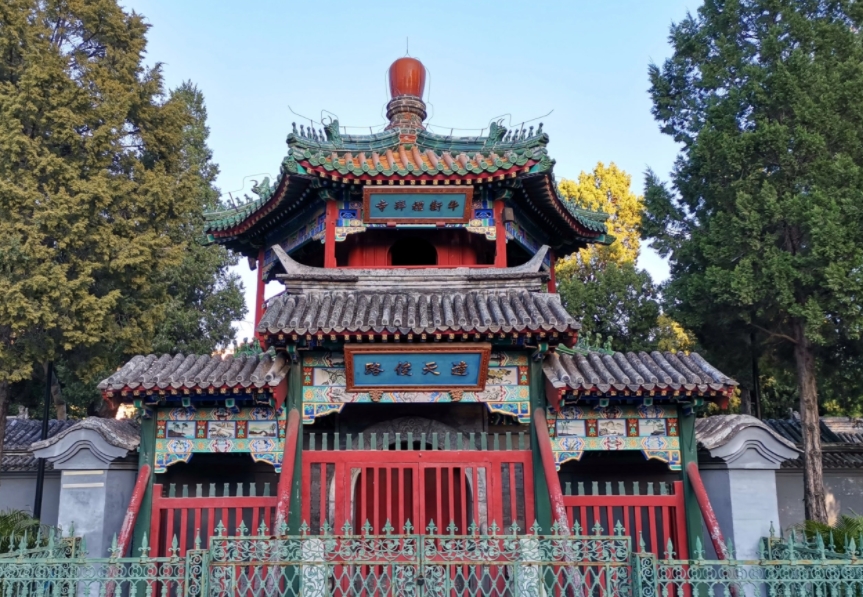
Niujie Mosque
Niujie Mosque.
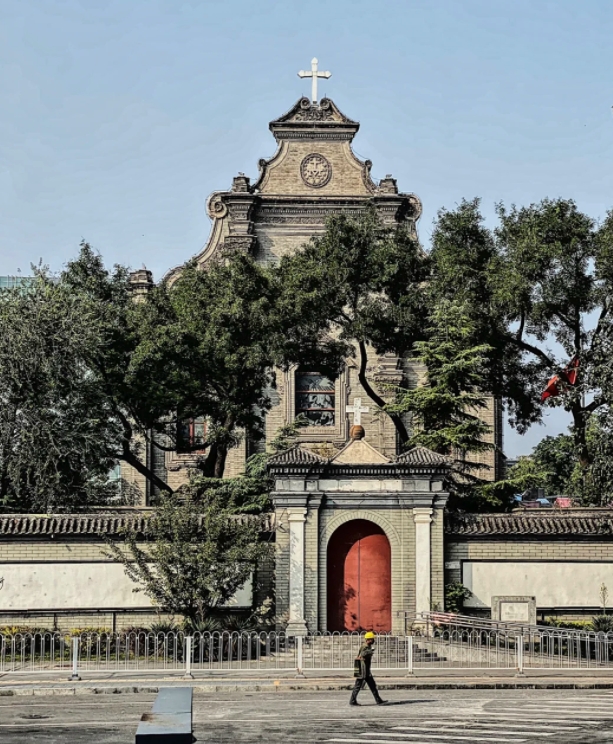
Xuanwumen Catholic Church (South Church)
Xuanwumen Catholic Church (South Church).

Banbidian Forest Park
Banbidian Forest Park.
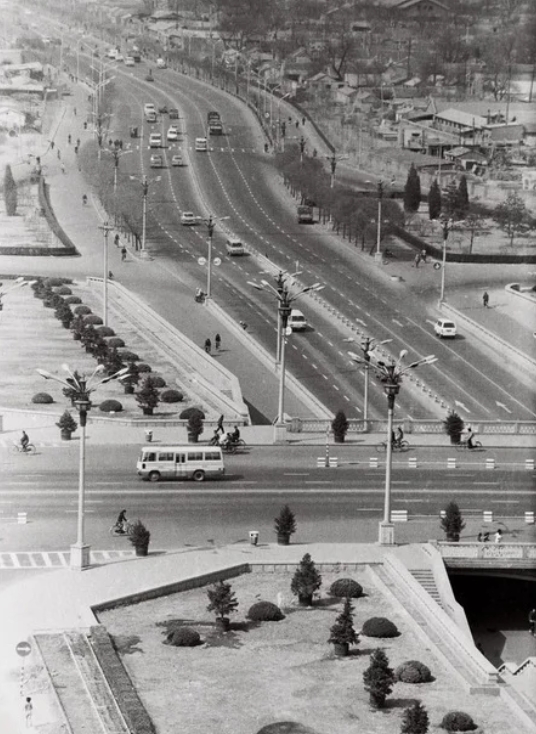
Fuxingmen Overpass
Fuxingmen Overpass.

Lugou Bridge
Lugou Bridge. It has a history of 826 years. The total length is 266.5 meters and the bridge width is 7.5 meters.
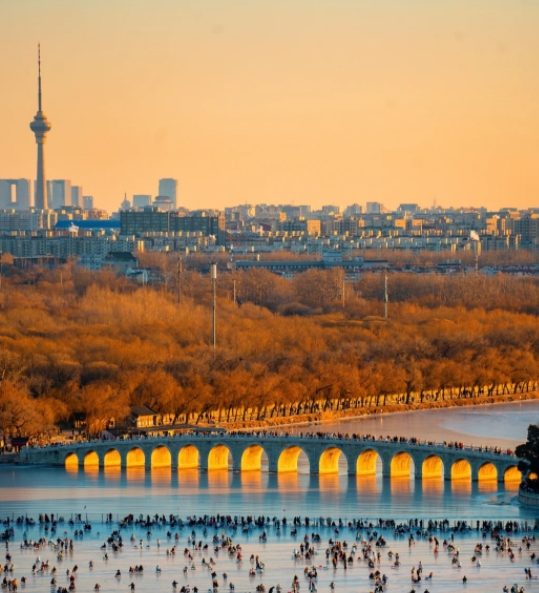
Seventeen-Arch Bridge
Seventeen-Arch Bridge. The bridge is 150 meters long. The width under the bridge deck is 14.6 meters. The width on the bridge deck is 6.56 meters and the height is 7 meters.
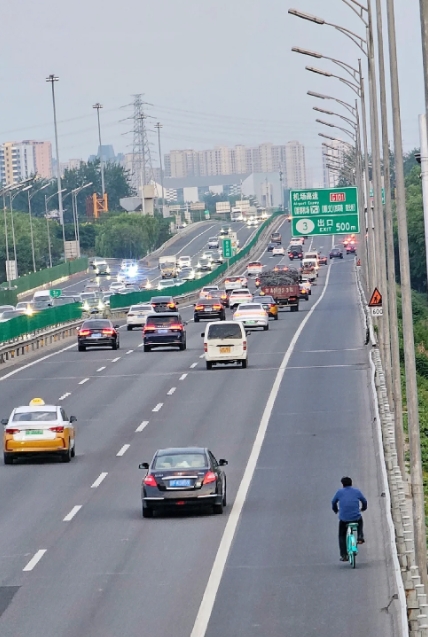
The Fifth Ring Road
The Fifth Ring Road.
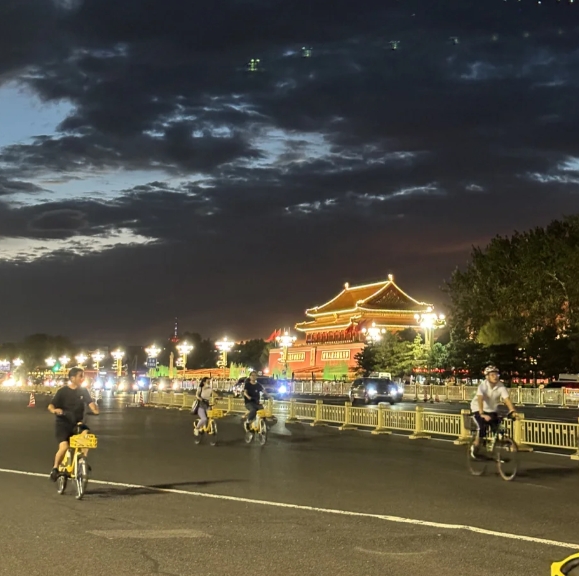
Chang’an Avenue
Chang’an Avenue.
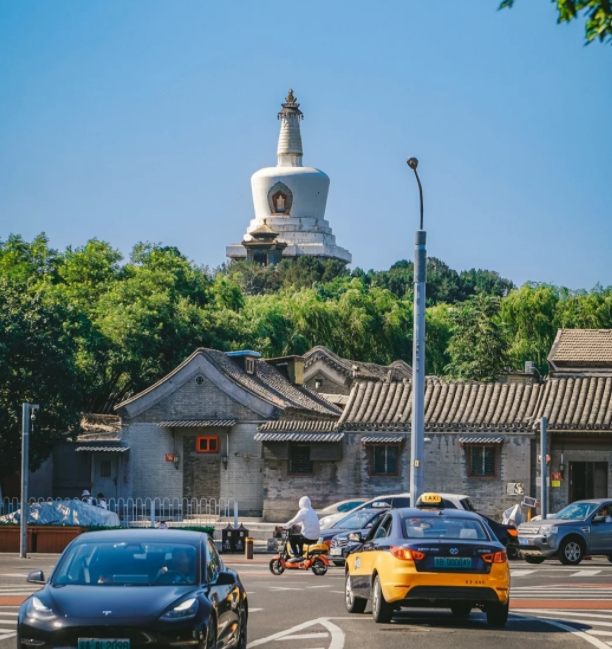
Wenjin Street
Wenjin Street.
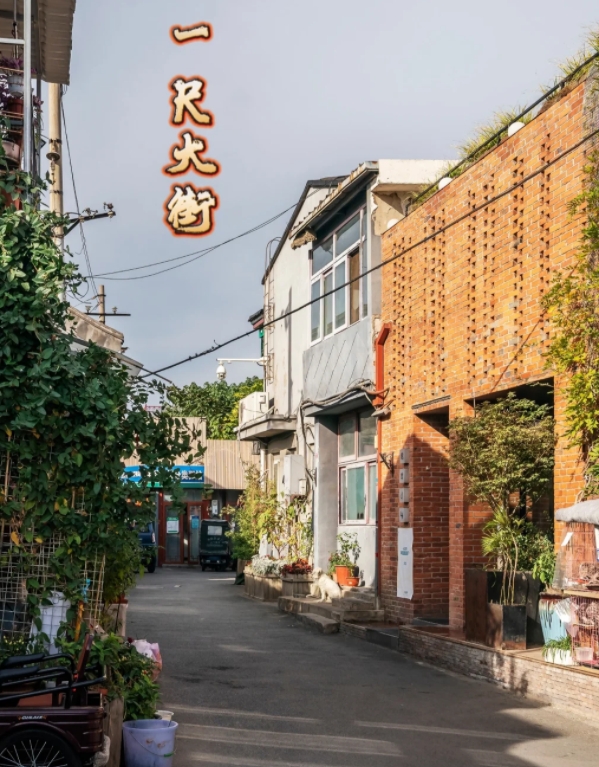
Yichi Dajie (One-foot Street)
Yichi Dajie (One-foot Street).
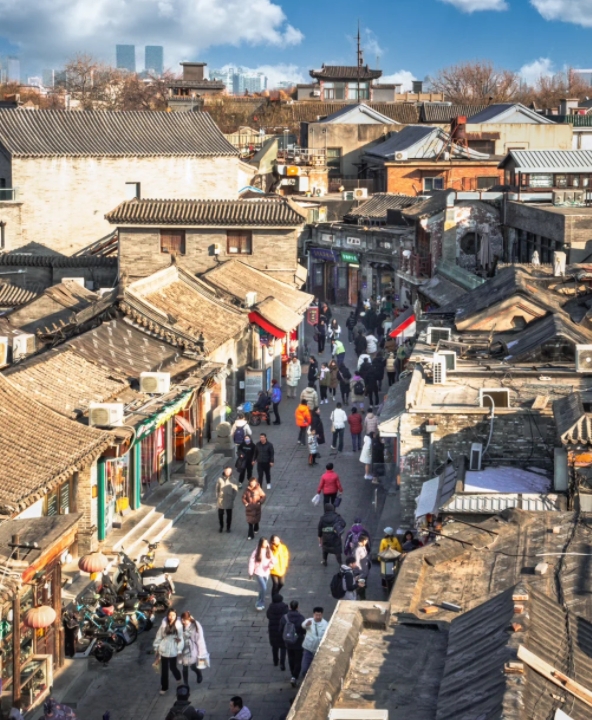
Dongjiaominxiang Hutong
Dongjiaominxiang Hutong.
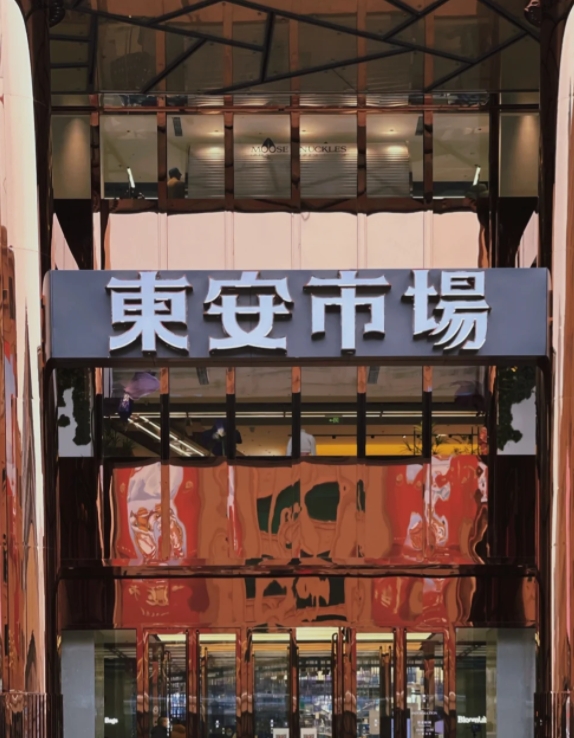
Dong’an Market
Dong’an Market. It started in the late Qing Dynasty and has a history of more than a hundred years.
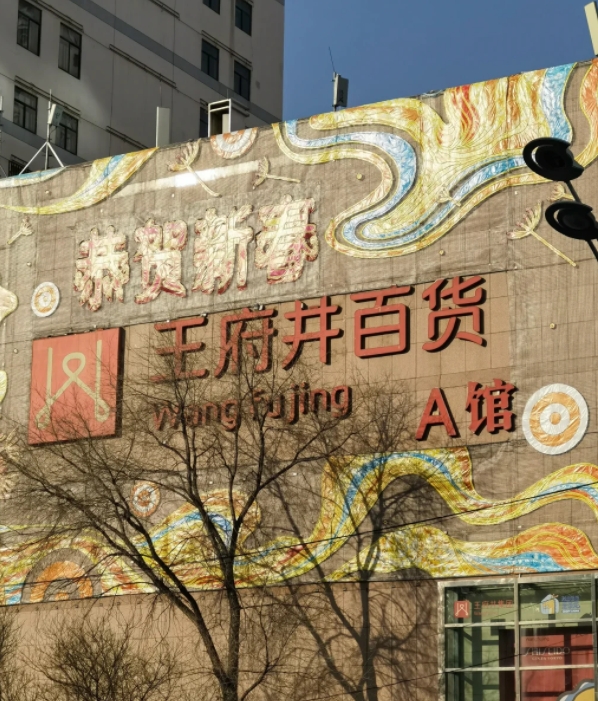
Wangfujing Department Store
Wangfujing Department Store.
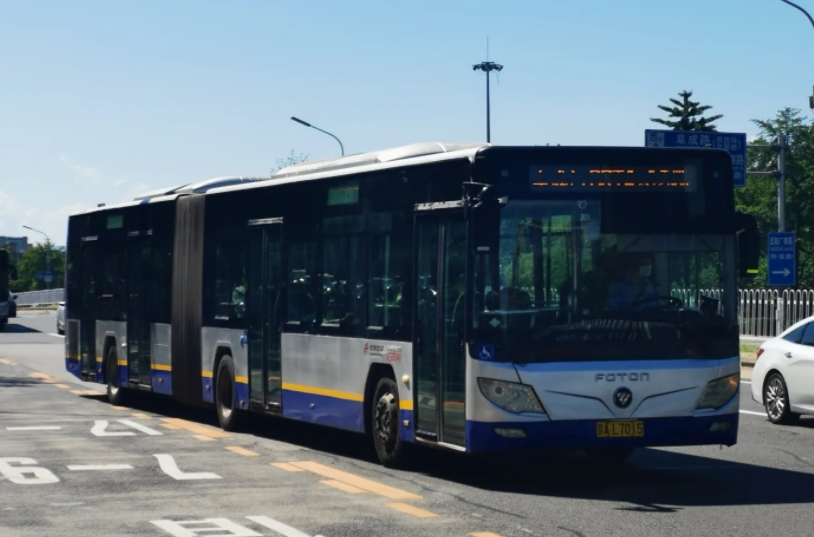
Pure electric vehicle
The bus body is 18 meters long.

Natural gas bus
The bus body is 13.7 meters long.

Northern Wei Taihe Statue
The Northern Wei Taihe Statue.

Beijing Great Wall Hotel (now closed)
Beijing Great Wall Sheraton Hotel.

Xidan Laofoye Supermarket
French-style food supermarket in Galeries Lafayette, Xidan.

Miyun reservoir
Miyun Reservoir.

Lingshan Mountain
Lingshan Mountain, with an altitude of 2303 meters.

Central Radio and Television Tower
The open-air observation platform (22nd floor) of the Central Radio and Television Tower, with a height of 238 meters, can overlook the scenery of the capital.

Beijing Universal Theme Park
Beijing Universal Theme Park

Beijing Aquarium
Beijing Aquarium covers an area of 120,000 square meters, with a building area of 42,000 square meters. The total amount of artificial seawater is 18,000 tons. The total number of fish bred in the seabed organisms is 30,000 to 50,000.

The entrance of Peking University First Hospital
Peking University First Hospital. It was founded in 1915, six years earlier than Peking Union Medical College Hospital.

The entrance of Peking University
Peking University. It was founded in 1898. Initially named the Imperial University of Peking. It has a history of 117 years.

Fuxue Elementary School
Fuxue Primary School. Its predecessor was the Shuntianfu School. It was an official school in the Ming and Qing dynasties. It was built in 1368 and has a history of 647 years.